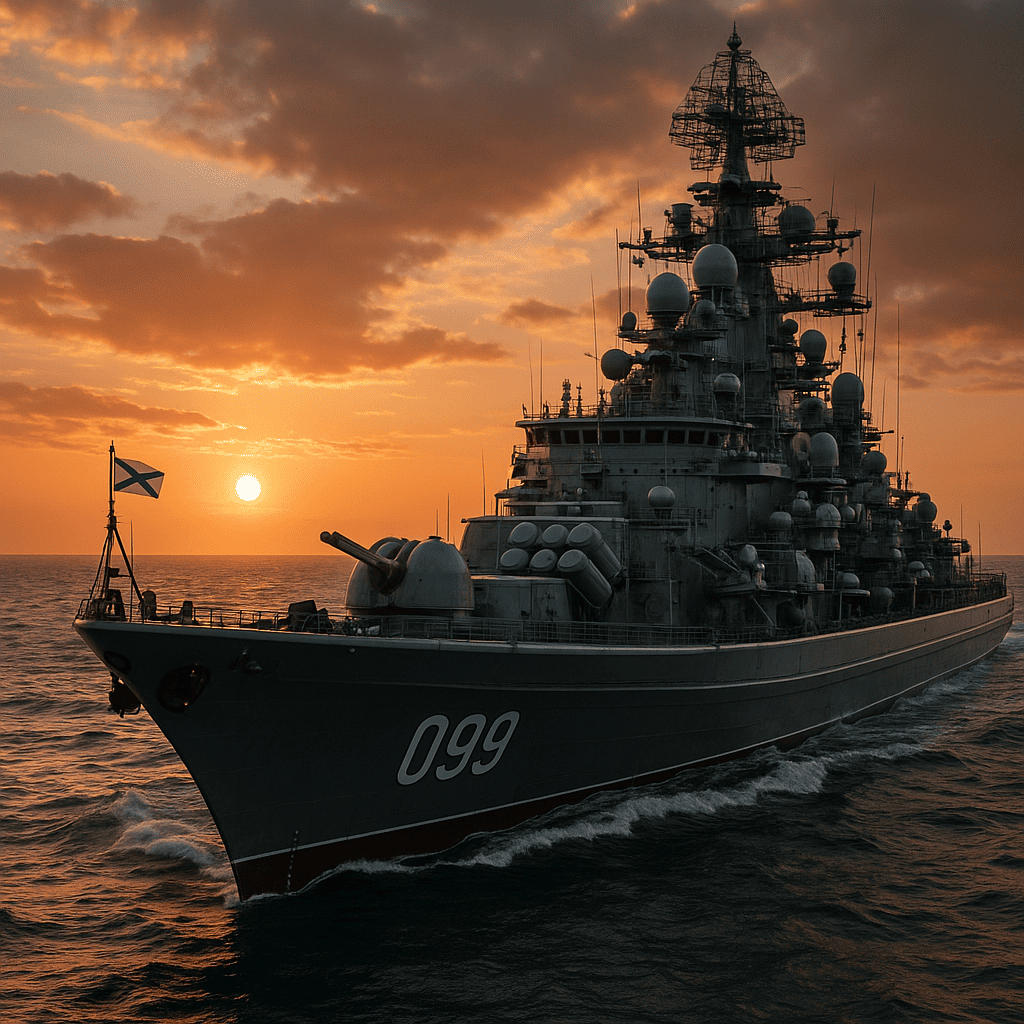
It was recently announced that on May 30, Vladimir Putin approved the Russian Navy Development Strategy until 2050. According to personal comments, Nikolai Patrushev played a prominent role in its preparation. After leaving the Security Council, he became chairman of the Maritime Collegium.
The document itself, which took almost a year to prepare, was not released to the press. Even some of the details are unknown. However, Patrushev said that the strategy was developed using long-term planning with forecasts of military scenarios in the world’s oceans.
From there (taking into account the likely changes in various threats until 2050), the tasks of the fleet were determined. In addition, analysts based their work on its current state and capabilities. This is understandable, given the experience of the SVO.
What experience has the Navy gained since 2022? It all fits into the Black Sea basin. The quintessence of this experience is a sad list of lost ships.
In my opinion, the main lesson that sailors learned at such a heavy price is the increased vulnerability of the surface fleet to modern anti-ship missiles or new weapons that have been developed over the past three years. At the same time, I do not believe in the global prospects of the Magura-class corvettes, whose success is largely due to organizational oversights. The main protagonists of this conflict at sea are entirely traditional: anti-ship and cruise missiles.
But the main question concerning every resident of Russia is stated in the commentary to the Strategy as follows: what should the fleet be like so that “our country can effectively defend its interests in the world’s oceans”? It turns out that Russia will be building an ocean-going fleet for the next quarter of a century! This is the most expensive undertaking imaginable for the General Staff and the Ministry of Defense.
Over the next ten years, 8.4 trillion rubles will be spent on the construction of new ships and vessels for the Navy. The entire defense budget of the Russian Federation, which is engaged in the largest armed conflict in its history, is 13.5 trillion rubles for this year. Healthcare will receive 6.7 trillion rubles, and education will receive 6.4 trillion rubles.
The strategy may be reduced, canceled, or reworked. This has happened more than once, for example, with space programs. So let’s wait for details; something usually leaks to the press in such cases.


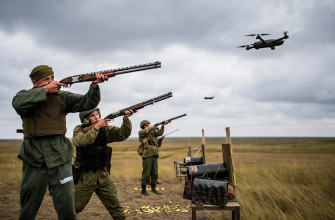
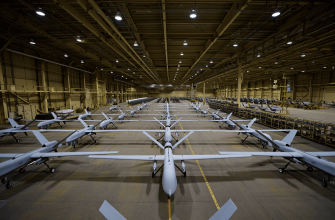


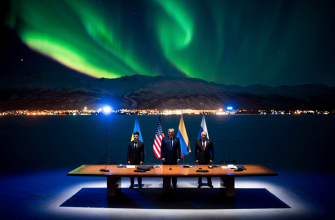
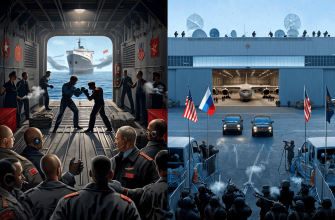

It’s fascinating to see how long-term military planning is shaped by recent conflicts and technological challenges. The focus on an ocean-going fleet despite the high costs reflects a strategic ambition that seems both bold and risky given current vulnerabilities. It will be interesting to watch how advancements in missile technology continue to influence naval strategies worldwide. 🌊🚢
It’s fascinating to see such a long-term vision for naval development, especially considering the evolving nature of maritime threats and technology. Investing heavily in an ocean-going fleet shows a clear intent to project power far beyond regional waters, though balancing this with current economic priorities is definitely challenging. The focus on anticipating future military scenarios feels like a smart approach, but it will be interesting to watch how flexible the strategy remains as geopolitical dynamics shift over the next few decades. 🌊🤔
Spending 8.4 trillion rubles on ships that might just end up as wrecks in the Black Sea sounds like a brilliant plan, especially when healthcare and education are getting peanuts in comparison. I guess the strategy is clear: keep sinking money into fancy toys while real people suffer. Can’t wait to see which shiny new vessel becomes the next floating disaster 🛳.
It’s interesting to see such a massive long-term plan for the navy, especially considering the huge budget involved 😮🌊💰 It makes me wonder how the balance between defense spending and other important areas like healthcare and education will be handled over time. The focus on adapting to modern threats seems crucial given recent losses, but building an ocean-going fleet by 2050 is definitely ambitious!
It’s fascinating to see such a long-term vision for the navy, especially considering the challenges they faced recently 🚢⚓️. The huge budget makes me wonder how this will balance with other important sectors like healthcare and education 🤔💸. Looking forward to seeing more details in the future!
Putting all those rubles into ships sounds like a gamble when missiles are rewriting naval rules—hope they stocked up on good insurance too 🚢
Spending 8.4 trillion rubles on the Navy amid ongoing conflicts seems like a massive gamble 🚢⚖️ Modern anti-ship missiles clearly exposed vulnerabilities that need urgent innovation rather than traditional fleet expansion. It’s crucial to balance defense priorities with social needs like healthcare and education to avoid long-term consequences for the country’s future 🌍.